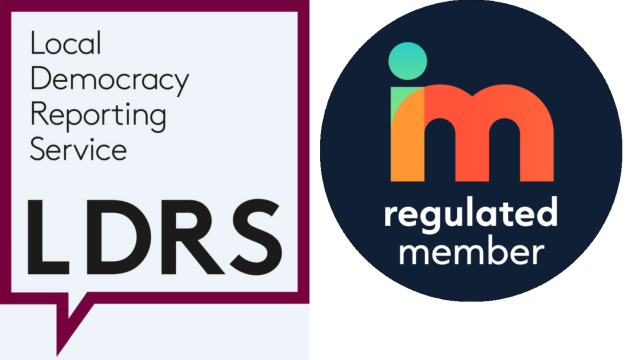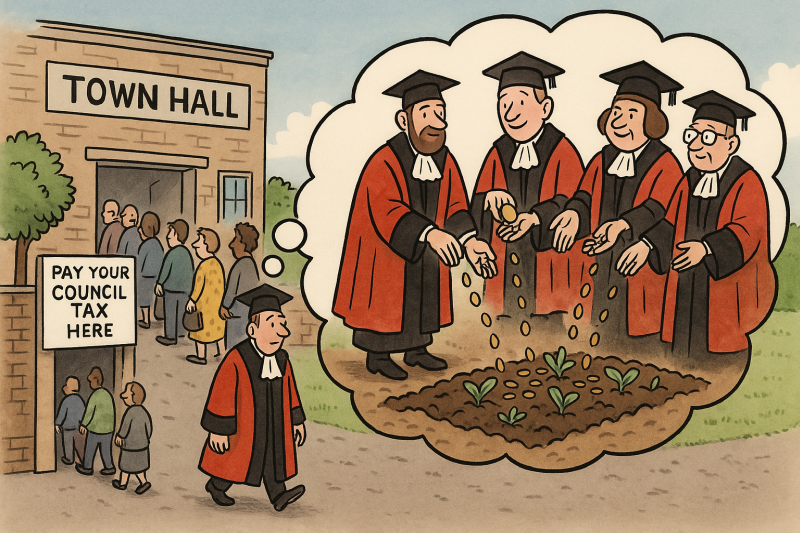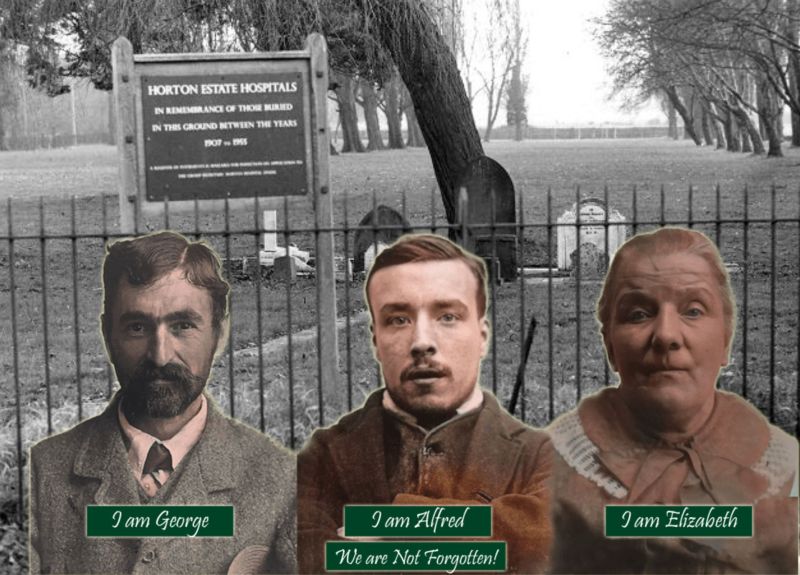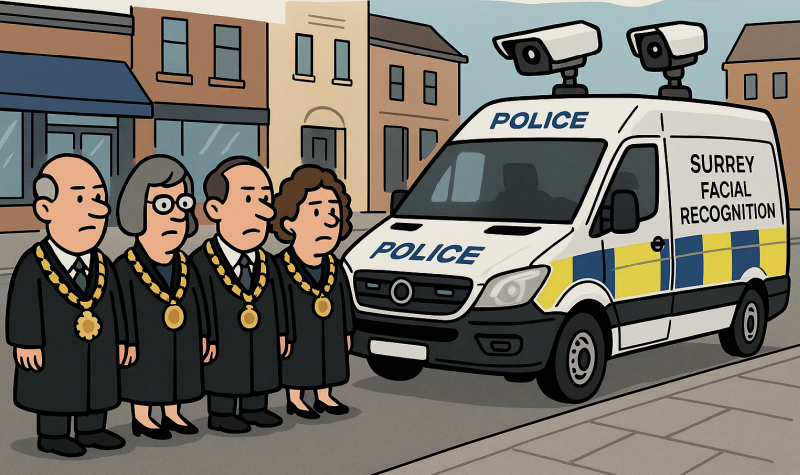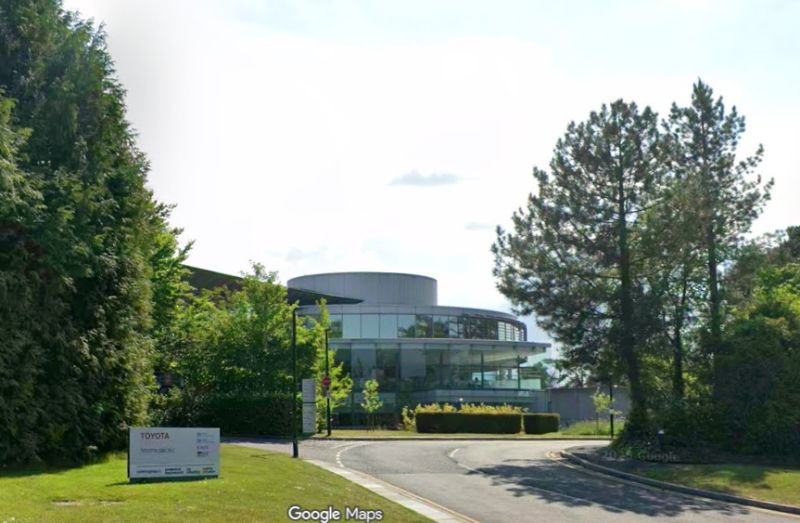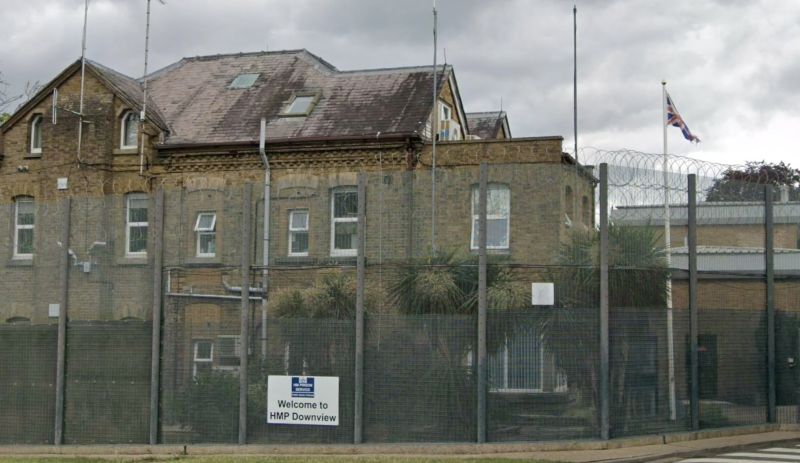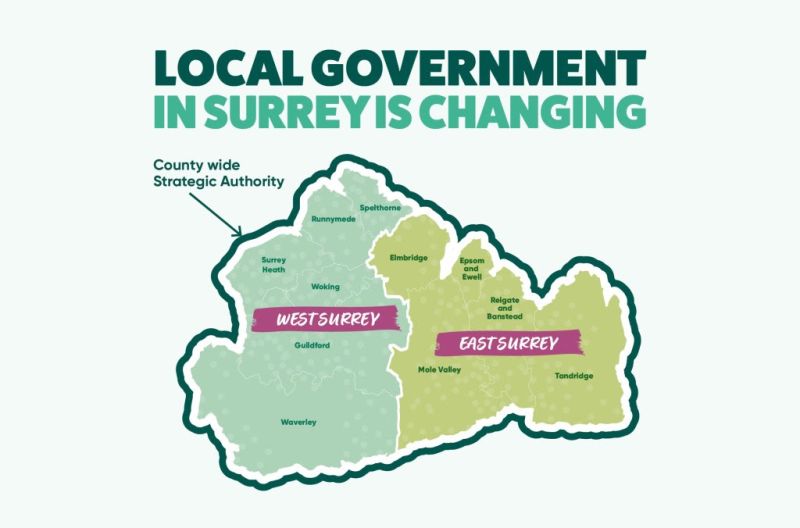Epsom and Ewell to Go East in Surrey shake-up
The Government has confirmed plans to abolish Surrey’s two-tier system of local government and replace it with two single-tier unitary councils — East Surrey and West Surrey — in what is being described as the biggest reform of local administration in the county for half a century.
A letter from the Secretary of State for Levelling Up, Housing and Communities, Steve Reed MP, sent to Surrey’s council leaders on 28 October 2025, confirmed the decision to proceed with the two-unitary model, subject to Parliamentary approval. The change will dissolve Surrey County Council and its eleven borough and district councils, creating two large authorities responsible for all local services.
Under the plan, Epsom & Ewell will join Elmbridge, Mole Valley, Reigate and Banstead, and Tandridge to form the new East Surrey Unitary Authority. The remainder of the county — Guildford, Runnymede, Spelthorne, Surrey Heath, Waverley and Woking — will form West Surrey. Each authority will be responsible for everything from waste and planning to adult social care, highways and schools.
Elections for the new shadow councils are expected in May 2026, with the new authorities assuming full powers from 1 April 2027, once the required Structural Changes Order has been approved by Parliament.
In a statement issued Tuesday, Epsom & Ewell Borough Council (EEBC) said it “acknowledges the decision of Government to proceed with the creation of two new unitary councils” and pledged to work constructively to secure the best outcomes for residents.
Council Leader Hannah Dalton (RA Stoneleigh) said: “Although this is not the decision we had hoped for, our focus now is on supporting the transition in a way that protects our residents’ interests and maintains the quality of local services. Epsom & Ewell has always prided itself on being a well-run, community-focused council, and that commitment remains unchanged.”
EEBC said it would continue working closely with neighbouring councils and government officials and would “keep residents fully informed every step of the way” as plans for the new East Surrey authority take shape.
Three local Liberal Democrat MPs — Helen Maguire (Epsom & Ewell), Chris Coghlan (Dorking & Horley) and Monica Harding (Esher & Walton) — issued a joint statement describing the reorganisation as “an important moment of clarity for Surrey after years of uncertainty and financial mismanagement under the Conservatives”.
Helen Maguire MP said she welcomed the new chapter for Surrey, particularly the confirmation that local elections will now proceed: “I am pleased that Surrey is entering a new chapter with the introduction of these unitary authorities, and it is right that the local elections will now go ahead, especially after the delays. The Liberal Democrats have always championed decisions being made closer to the people they affect. We will continue to press the Government to give East Surrey Council the funding and freedom it needs to do its job effectively.”
Her colleague Chris Coghlan MP said he welcomed “the end to Tory mismanagement of Surrey County Council” and added that it was “entirely inappropriate that [the County Council] has such influence over the new structure,” citing its record on special educational needs and disabilities.
Monica Harding MP said Elmbridge residents should not be “expected to shoulder the debt of the failing Tory-run councils elsewhere in Surrey,” adding: “It’s high time residents get the chance to vote out failed Surrey leadership and replace them with those who will deliver for our transport systems, our adult social care, and our schools.”
The MPs said that while they support the simplification of Surrey’s structures, there remain serious concerns about how much control Surrey County Council will retain during the transition process. They called for full public consultation and financial transparency throughout.
In his letter to Surrey leaders, Secretary of State Steve Reed MP said the decision to proceed with two new unitary councils was driven by the need for financial sustainability. Across Surrey’s existing councils, total debt is estimated at £5 billion, led by the bankruptcy of Woking Borough Council.
He wrote: “In particular, I believe [two unitaries] performs better against the criterion of whether the councils are the right size to achieve efficiencies, improve capacity and withstand financial shocks. My view is that the two-unitary proposal is more likely to be financially sustainable.”
He confirmed a Government commitment to repay £500 million of Woking’s debt in 2026–27 — calling it a “significant and unprecedented commitment” necessary to give the new system a clean start.
Surrey County Council Leader Tim Oliver (Conservative) welcomed the decision, calling it “good news for Surrey residents and businesses. We welcome the Government’s direction to create two new unitary councils for Surrey from April 2027 – East Surrey and West Surrey,” he said. “Reorganisation and devolution are huge opportunities, and this is good news for Surrey residents and businesses. As expected, there will be elections to the new unitary councils in May 2026. This reform will unlock huge benefits for Surrey, with more powers held closer to communities, stronger local decision-making and turbo-charged economic growth for the region.”
Oliver added that he was “absolutely clear that, throughout this process, our vital work supporting residents will continue – services will be delivered and we will still be here for those who need us most.”
Currently, Surrey County Council runs roads, social care and education, while borough and district councils handle bins, planning, housing and leisure. Under the new model, residents will deal with one council instead of two, which ministers say will make services more efficient and reduce duplication.
Officials have confirmed that council tax rates across the new areas are likely to be “harmonised” over time, though details are yet to be finalised. The Government says the reorganisation will save money and improve accountability, but critics warn that merging larger and indebted authorities could make councils more remote and financially fragile.
For Epsom & Ewell — which has existed as an independent borough since 1937 — the coming eighteen months will bring detailed negotiations over staffing, budgets and boundaries as the East Surrey authority takes shape.
If Parliament approves the necessary legislation early next year, the new structure will come into force on 1 April 2027, marking the end of Surrey’s 12 existing councils and the beginning of a new era in local government.
Image: Map illustrating proposed East and West Surrey unitary boundaries. Epsom & Ewell joins Elmbridge, Mole Valley, Reigate and Banstead and Tandridge in East Surrey. Source: Surrey County Council. Credit SCC

Related reports:
Surrey County Council LGR leaflet misleading claim
LGR and CGR, what’s the difference for Epsom and Ewell?
Where do we stand on local government reorganisation in Epsom and Ewell and the County?
New Epsom and Ewell Parish? Cherish or perish the thought?
Many more…. search local government reorganisation

